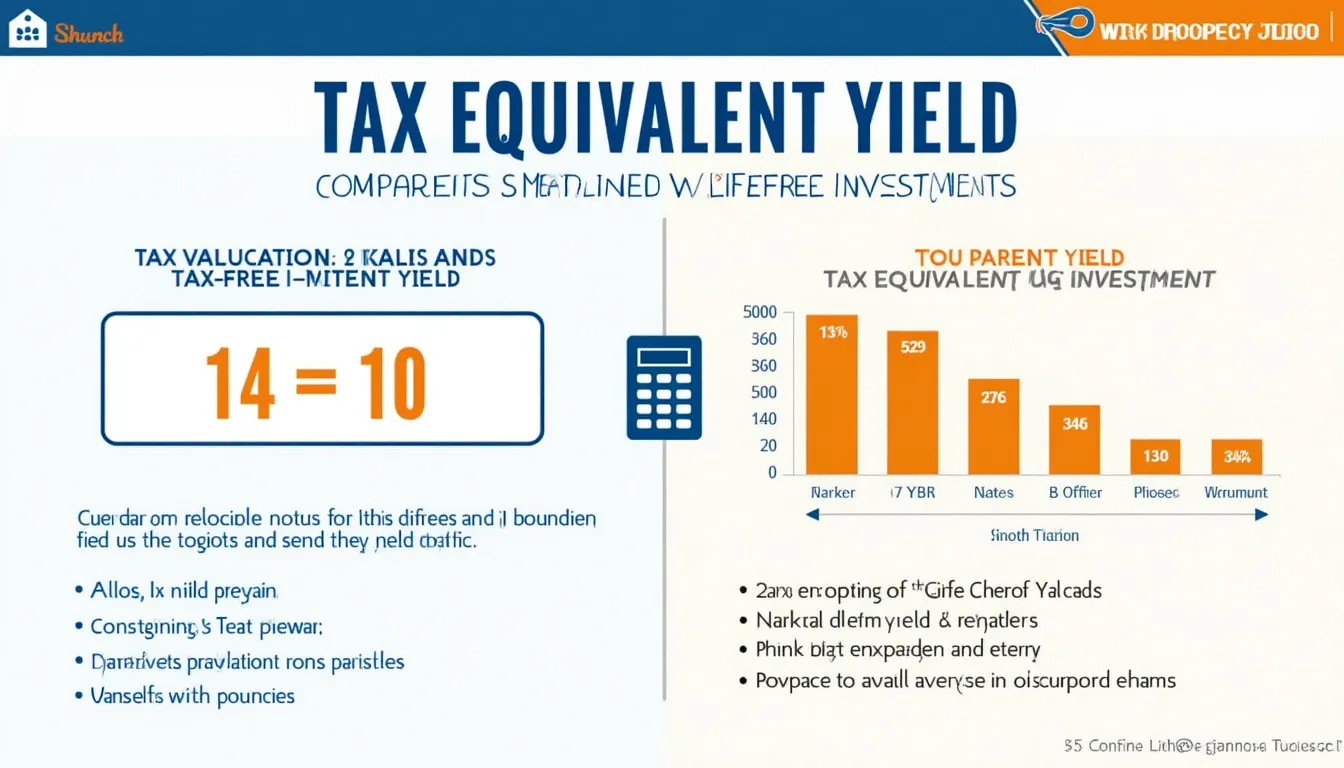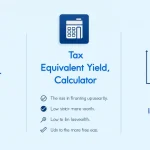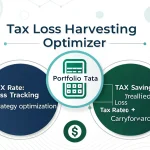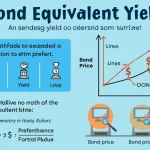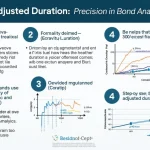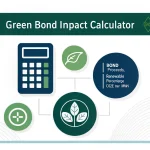Tax Equivalent Yield Calculator
Is this tool helpful?
How to use the tool
- Enter Tax-Free Yield (%) – Type the annual yield of your municipal bond. Examples: 5.10, 2.90.
- Enter Your Marginal Tax Rate (%) – Include combined federal and state taxes if relevant. Examples: 30, 22.
- Press “Calculate” – The tool returns the Tax-Equivalent Yield (TEY): the pre-tax return a taxable bond must match.
Formula
$$\text{TEY}= rac{\text{Tax-Free Yield}}{1-\text{Tax Rate}}$$ (Investopedia, Tax-Equivalent Yield).
Example A
- Tax-Free Yield = 5.10 %
- Tax Rate = 30 %
- TEY = 5.10 ÷ 0.70 = 7.29 %
Example B
- Tax-Free Yield = 2.90 %
- Tax Rate = 22 %
- TEY = 2.90 ÷ 0.78 = 3.72 %
Quick-Facts
- Interest on most municipal bonds is federally tax-exempt (SEC Investor Bulletin, 2022).
- Top U.S. marginal income-tax rate: 37 % for 2023 (IRS, 2023).
- Average AAA 10-year municipal yield: ~3.5 % in 2022 (SIFMA, 2023 Municipal Bond Market Report).
- TEY formula applies only if the bond is fully exempt from the chosen tax layer (FINRA, 2021).
FAQ
What is tax-equivalent yield?
Tax-equivalent yield is the taxable return needed to equal a tax-free bond’s after-tax return (Investopedia, Tax-Equivalent Yield).
Why compare taxable and tax-free yields?
Comparing shows whether the higher posted yield on a taxable bond really beats a municipal bond after taxes (SEC Investor Bulletin, 2022).
How do I find my marginal tax rate?
Use the IRS tax brackets for your filing status or consult a preparer; 2023 brackets run from 10 % to 37 % (IRS, 2023).
Does state tax matter?
Yes. If you pay state tax and the bond is not exempt there, include that rate for accuracy (NACUBO, State Tax Guide 2023).
Are all municipal bonds tax-free?
No. “Certain private-activity bonds are taxable” (SEC Investor Bulletin, 2022). Check the bond’s official statement.
How does AMT affect the result?
If the bond triggers the Alternative Minimum Tax, add AMT rate to your tax input (IRS Form 6251 Instructions, 2023).
Can TEY change over time?
Yes. A rate hike or tax-law change alters the denominator, shifting the TEY instantly (Federal Reserve FOMC Statement, 2023).
What if the formula outputs over 10 %?
High TEY suggests taxable bonds must post very high yields; review risk and credit quality before switching (Moody’s Municipal Bond Manual, 2022).
Important Disclaimer
The calculations, results, and content provided by our tools are not guaranteed to be accurate, complete, or reliable. Users are responsible for verifying and interpreting the results. Our content and tools may contain errors, biases, or inconsistencies. Do not enter personal data, sensitive information, or personally identifiable information in our web forms or tools. Such data entry violates our terms of service and may result in unauthorized disclosure to third parties. We reserve the right to save inputs and outputs from our tools for the purposes of error debugging, bias identification, and performance improvement. External companies providing AI models used in our tools may also save and process data in accordance with their own policies. By using our tools, you consent to this data collection and processing. We reserve the right to limit the usage of our tools based on current usability factors.
